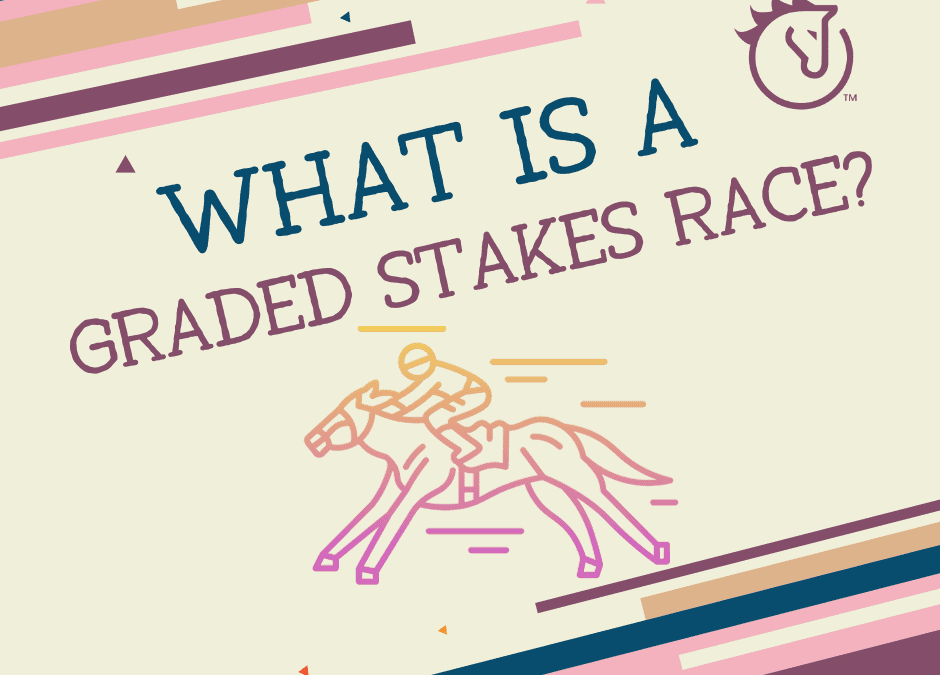In horse racing, few events carry as much prestige and significance as graded stakes races. For thoroughbred trainers, these races are the pinnacle of competition, offering a unique opportunity to showcase their equine athletes on a grand stage. Here, at horseOlogy, we’ve had some recent hands-on experience with graded stakes races, so we wanted to take a closer look at what it means and provide a better understanding of its implications on a horse’s career.
What is a Graded Stakes Race?
Graded stakes races are the crème de la crème of thoroughbred horse racing, categorized into three levels: Grade I, Grade II, and Grade III. These designations serve as a quality benchmark, reflecting the prestige and competitiveness of the race. Grade I races stand at the zenith, representing the highest level of competition, while Grade III races offer a slightly lower level of intensity.
What Graded Stakes Means
The grading system is a yardstick for evaluating a race’s overall quality and significance. A race’s grading is determined by a panel of experts who consider factors such as the caliber of participating horses, the event’s historical significance, and the competition level. Graded stakes status is not static and can change over time, adding an element of excitement to the racing calendar. For trainers, having a horse compete in a graded stakes race is a testament to the horse’s skill, stamina, and overall potential.
How it Impacts a Horse’s Career
For a thoroughbred trainer, a graded stakes race is more than just another competition; it is a pivotal moment that can significantly influence a horse’s career trajectory. Success in these races elevates a horse’s status, increasing its value for breeding purposes and opening doors to more prestigious races. Moreover, participating in and winning graded stakes races can enhance a horse’s reputation, attracting potential investors and future buyers. The success gained in such high-stakes events is invaluable, contributing to a horse’s future, whether a successful broodmare or stallion prospect.
What is a Purse?
One of the defining features of graded stakes races is the substantial purse they offer. And we’re not talking about fashionable handbags. The purse is the total amount of money distributed among the race’s top finishers. Graded stakes races typically boast significantly higher purses than non-graded races, adding a financial incentive for trainers, owners, and jockeys. The allure of a substantial purse motivates participants and contributes to these races’ overall prestige and desirability.
Futures and Fortunes
Beyond the immediate financial reward, winning a graded stakes race carries profound implications for a horse’s career. The victory becomes part of racing history, enhancing the horse’s legacy and solidifying their place among the elite. For trainers, the joy of seeing their horse triumph in a graded stakes race is immeasurable, marking a culmination of hard work, strategic planning, and unwavering dedication. You can see Jena’s reaction at the Belmont Stakes here to give you a perfect illustration of what that looks like.
Invest in Potential Future Winners
Part of the horseOlogy program is to develop horses and give them the skills they need to compete. Join us on this journey and see how the magic happens.
Meet the Ologists
FollowhorseOlogy online and on Facebook, Instagram, and YouTube to learn more about our team, thoroughbreds, and services. Call us at 855-HORSIES (855-467-7437) to set up your visit to our facility.
















